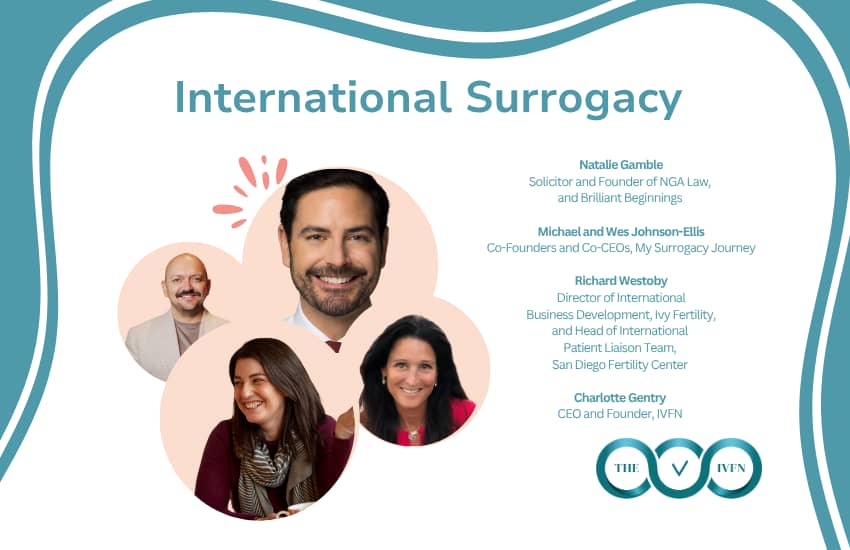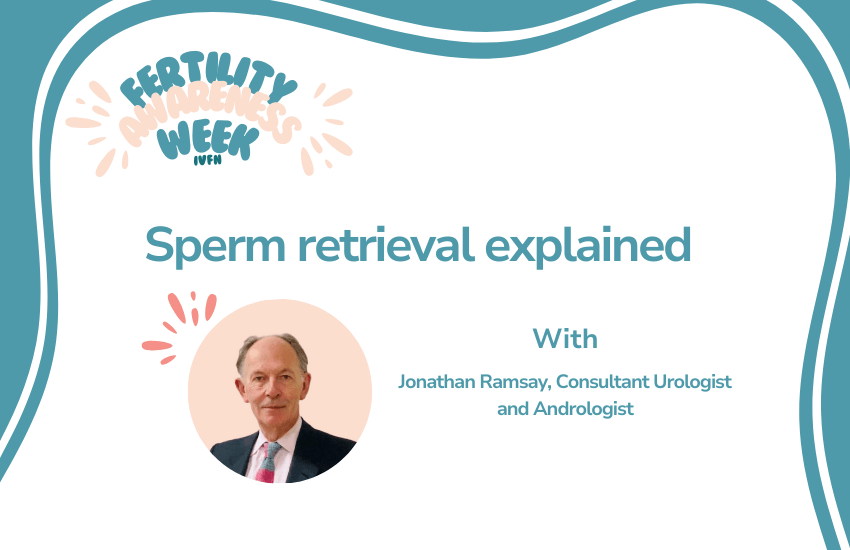What is Azoospermia? Understanding what it means to have no sperm count and its impact on fertility.

Join us to continue reading
This content is for members only, to read the full article log in to your account.
If you don’t have a membership yet, visit our Join us page.
Would you like your employer to pay for this?
For an obligation free chat to discuss how employer membership to The IFVN would work for your business, please contact us using this enquiry form.
Further reading
-
Female Alcohol and Fertility: What You Need to Know

-
International Surrogacy

-
Previous event Treatments for male fertility preservation

-
Male fertility Sperm retrieval explained

-
Understanding Male Fertility Conditions, Diagnosis and Treatment Options

-
Is Your Sperm Healthy?

-
Let’s talk about sex…and fertility – the men’s edition





